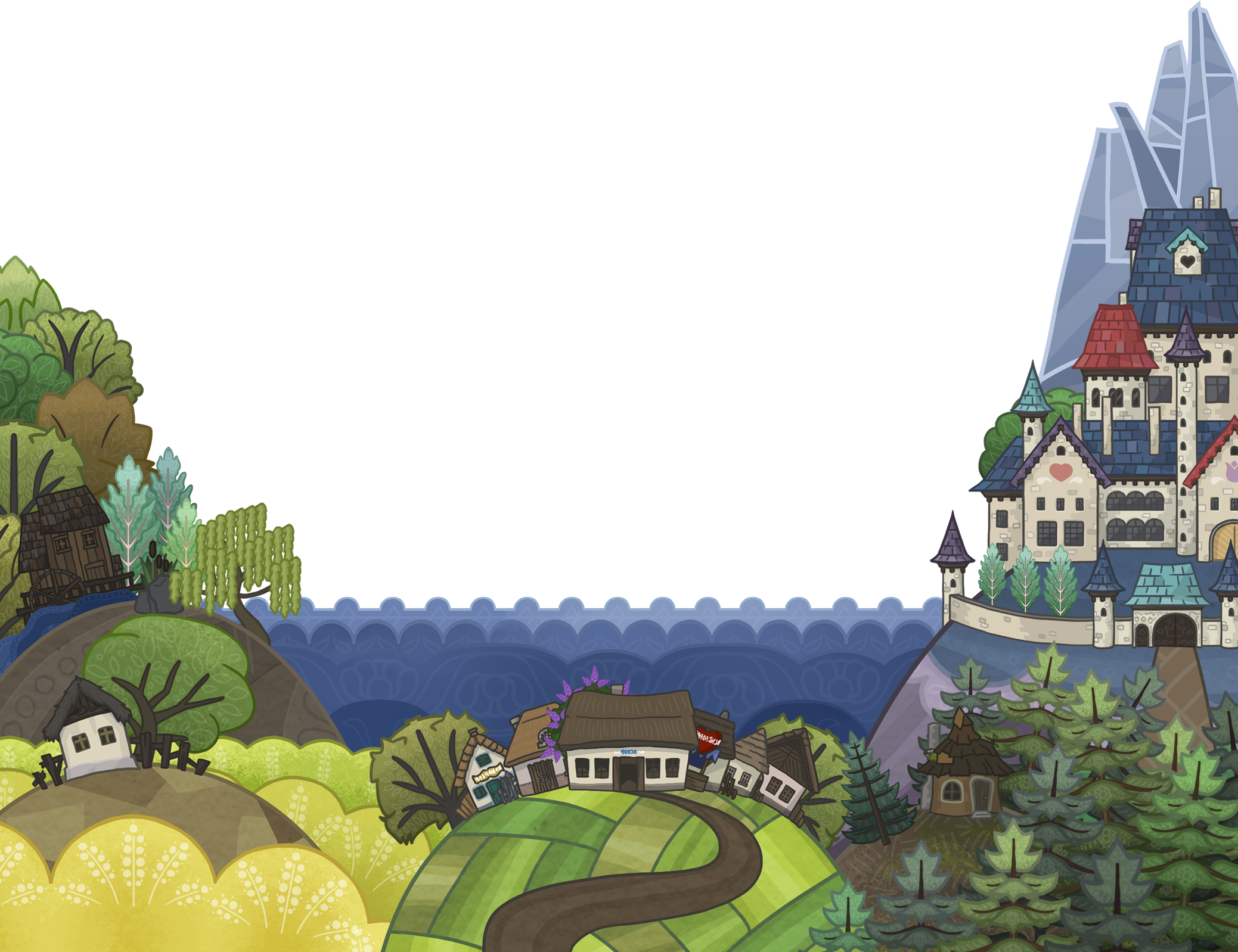
Once upon a time, over the Glass Mountains, but before the Neverending Sea… okay, we can all agree that this is a rather typical opening line for any fairy tale. But have you ever heard about the starry-eyed shepherd (I mean literally), or a pair of boots in which you could travel seven miles with each step?
We thought you might be interested in discovering the world of Hungarian folktales, so we decided to dedicate a series of blog posts to unravel the mystery that lays over the topic like fog over the UK in the early mornings from November to April. Let’s start by having a closer look to the ever so compelling topic of numbers (since a lot of people seem to get way too excited when it comes to math). So first let’s start with probably the most often recurring number of all.
We thought you might be interested in discovering the world of Hungarian folktales, so we decided to dedicate a series of blog posts to unravel the mystery that lays over the topic like fog over the UK in the early mornings from November to April. Let’s start by having a closer look to the ever so compelling topic of numbers (since a lot of people seem to get way too excited when it comes to math). So first let’s start with probably the most often recurring number of all.

on the count of three
Yeah, so Hungarians seem to be particularly obsessed with number 3, I mean seriously, it’s a bit unlikely that brothers usually come in threes, that the protagonist always has to complete three quests to win the princess (or get the loot, or half the kingdom). You can also have three wishes, for example if you catch the right type of fish (unfortunately, you’ll have to release him back in the river, pond or lake to have the wishes, so this is not a meal deal). Oh, and for the record, Hungarians have time-related superpowers: namely, some heroes of these tales can make 1 year worth labour in just three days! Crazy, isn’t it? The next one is not a particularity of Hungarian folktales but nonetheless, we like to use it a lot. I’m sure you’ve heard the saying ‘third time’s the charm’ many times; well, we have our own version of this and like to use it to encourage young folks not to give up whatever they’re trying to do.

DON’T LOOK A GIFT HORSE IN THE MOUTH – UNLESS IT’S MADE OF GOLD
Hungarians also like the different types of metals, and here I mean the more valuable ones, like gold, silver, and copper. The rather ordinary way to include them in tales is putting clothes made of gold for example on some of the characters. However, for some inexplicable reasons, you can find gold, silver and copper horses and even forests in Hungarian folktales. I wonder how it could feel to ride on a silver horse but at least it explains how you can get a golden apple. What does this have to do with numbers? - you may wonder. Well, it’s quite simple actually: they are inseparable; you always have one of each, which adds up to three. For example, first you go in the copper forest, then the silver one, and lastly the gold one. If you’re lucky, one of them is offered to you as a reward for helping someone or doing something good, if you’re less lucky, you might meet with a 3-headed (or 7-headed) dragon in each forest.
I know you're all waaay too excited to hear more about the magic of numbers and fear not, more posts are on the way. You are going to learn about fearsome dragons, have a look into some big families' lives and meet with people of extraordinary powers.
Check back for the details! :)
I know you're all waaay too excited to hear more about the magic of numbers and fear not, more posts are on the way. You are going to learn about fearsome dragons, have a look into some big families' lives and meet with people of extraordinary powers.
Check back for the details! :)


Comments